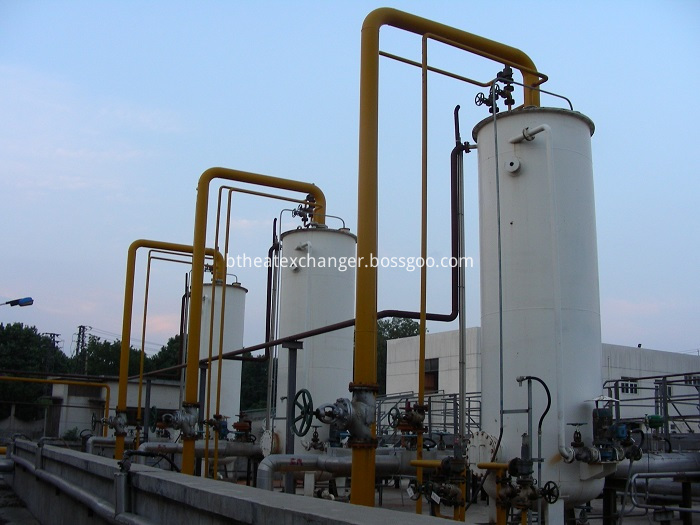Soil nutrients affect the soil fertility to a great extent, and there are many factors that determine soil nutrients, such as trace elements such as nitrogen, phosphorus and potassium, organic matter content, PH value, pH, and so on. Although these factors may sound complicated, in fact, we use a scientific instrument, the Soil Nutrient Analyzer, and the Soil Nutrient Analyzer to achieve rapid and complete determination of all the above contents. The results are accurate and easy to use. We analyze the soil for agricultural production. Fertility saves a lot of time and effort.
In 1980, the C0/C0+C value of organic matter and available nitrogen was much less than 25%, indicating a strong spatial correlation and a prominent spatial autocorrelation effect. The fast-acting phosphorus and rapid-acting potassium all showed medium-intensity spatial correlation, indicating that the random part and the spatial autocorrelation had similar effects on the spatial variability of soil characteristics; in 2006, the available phosphorus and available potassium C0/C0+C values ​​were all greater than 75%. The spatial correlation is relatively weak, which is due to random factors, such as fertilization, farming measures, planting systems and other changes in the external conditions caused by the greater degree of spatial variability than caused by the autocorrelation part. On the whole, from 1980 to 2006, the soil nutrient C0/C0+C increased significantly, indicating that the spatial variation caused by the random part was gradually higher than the autocorrelation part.
According to the division of ratio, if the ratio is less than 25%, the system has a strong spatial correlation; if it is greater than 75%, it indicates that the system spatial correlation is very weak, and between the two, it indicates that the system has a medium spatial correlation.
The selection of semi-variance function model types and model parameters were verified interactively to control the prediction error. In 1980, the available phosphorus half-variance model conformed to the Gaussian model. In 1980 and 2006, the semi-variance models of organic matter, available potassium, and available phosphorus all met the ball type, and the available nitrogen conformed to the exponential type. The model can better reflect the spatial structure of the cultivated layer nutrients.
According to the theory of geostatistics, the variable Z describing the spatial heterogeneity can be divided into two parts: the autocorrelation part (SHA) and the stochastic part (SHR). The ratio of the nugget value to the base station value is C0/C0+C. The degree of spatial variability. If the value is higher, the degree of spatial heterogeneity brought by SHR (fertilization, tillage, planting, irrigation, etc.) is greater; on the contrary, the spatial heterogeneity caused by SHA (such as climate, parent material, biology, topography, etc.) The qualitative degree is greater; if the ratio is close to 1, it means that the variable has a constant variation over the entire scale.
Water bath vaporizers mainly utilize steam, electricity and externally sourced hot water as energy sources which transform cryogenic gas from liquid into gaseous state .
Main Parts: Coiled stainless steel tubes, water storage tanks.
Main Type:
Electric Heated Water Bath Vaporizers
Steam heated water bath vaporizers
Circulating Water Bath Vaporizers
Basic Parameters:
Medium: LNG, LPG, LOX, LIN, LAR, LCO2 and others.
Capacity:100~80,000Nm3/Hr(unit) for hot water or steam heated vaporizer; 100~2000NM3/H per unit for electric heated vaporizer, more capacity by combination
Work Pressure: ≤40MPa

Cryogenic Vaporizer,Water Bath Vaporizer,Hot water circulating shell and tube vaporizer,Electric Heated Water Bath Vaporizers,Steam Water Bath Vaporizers,Circulating Water Bath Vaporizers
Wuxi Better Technology Co., Ltd , http://www.btheatexchanger.com